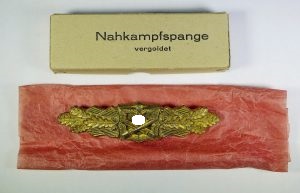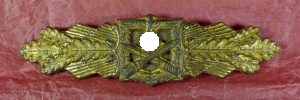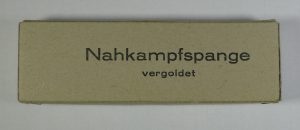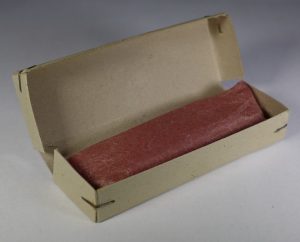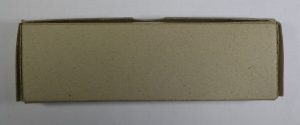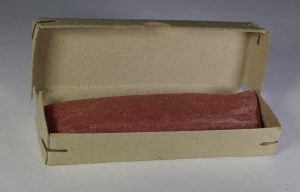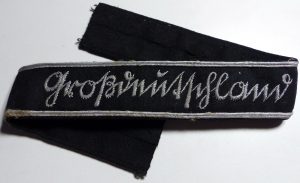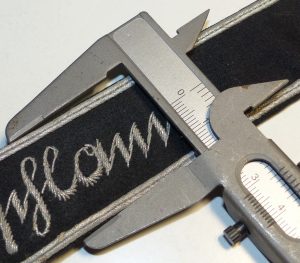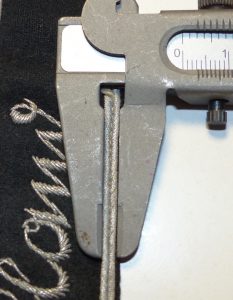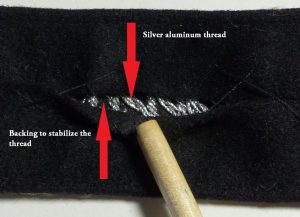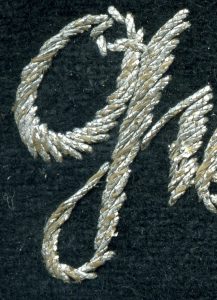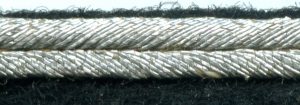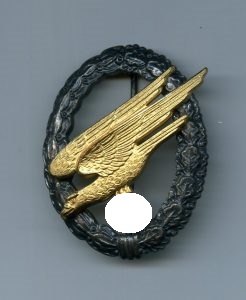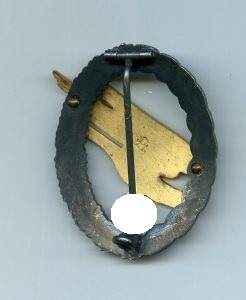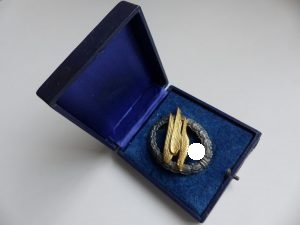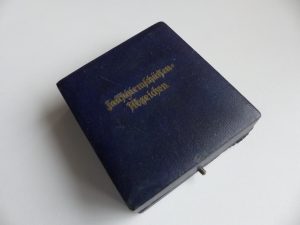Dear collectors,
Sit down and grab a coffee. This time I have something for you what I haven´t seen in 25 years of collecting. A real stunner, so I hope you sit by now.
For some collectors this badge is the “Fliegerschaftsabzeichen” , for others it is the Pilot Badge with the funny wreath or the Air Crew Badge. But like Dietrich März wrote on the WAF, it is the Pilot and Observer Badge 1. Form “…..documented in the LVBl as „Gemeinsames Flugzeugführer und Beobachter Abzeichen“, founded on 19 January 1935 Form“.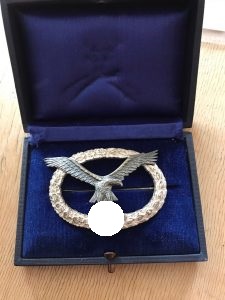
Sure there were few of these “holy grails” in auctions around the world or old sales catalog, but not in the content of a whole estate of a Luftwaffe Pilot.
Well, now you think about the “second” form…..mmmhhh have I seen that one before? Sure you have , think about the Pilot Badge with the golden wreath, that’s the second form but the term “second form” got lost……somehow.
OK, back to business, to get the term right we talk about the “Flugzeugführer und Beobachter Abzeichen 1. Form“.
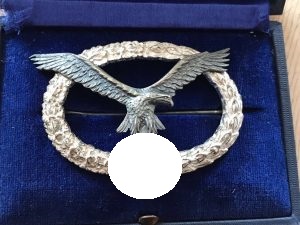
But we want to have a close look on this bird over here. You see the badge with the large Eagle on it, looks like an attacking bird, in his fangs the swastika as always with Luftwaffen badges. The wreath in this case is not “egg shaped” vertical like the Pilot Badge 2nd Form, it is oval and in my opinion very big.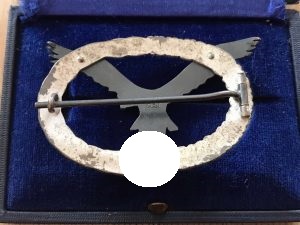
The Wreath is about 60,48 mm x 41,55 mmm. The weight is about 27,2 gramm. The pin is a round pin and about 48,8 mm long. On the backside you see a soldered round wire catch and a tube hinge, also soldered to the wreath in vertical manner. The 3 !!! rivets are like Juncker rivets used to be and they surly hold this big bird in place. The marker mark says “CEJ” on the backside of the bird, for most collectors THE company to collect Luftwaffen badges from.
Another nice feature is the blue case without any writing on it. Also a tough one to get but in this estate the badge came with it and so we have a nice combination.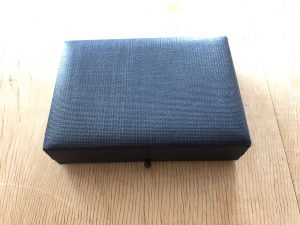
Short excourse to the life of the pilot:
The man who archieved this badge was Hauptmann Günther Klünder, born on the 4th of August 1904. He served on Board of several ships of the Reichsmarine from 1927 – 1932. To name just a few of them : “Berlin” (light cruiser WW1), “Schlesien” (Battleship WW1), as well as the Torpedoboot “Albatros”.
Later on his career brought him to the “Seeübungsstaffel” (October 1933 – October 1934) and the “Erprobungsstelle Travemünde”
In 1937 he was Staffelkapitän with the Aufklärungsgruppe See 88 (A.S. 88) in the Legion Condor from February 1937 until July 1937, equipped with He-59 seaplanes.
On September 5th, 1939 – at the age of 32, he was shot down with a Junckers Ju 52 – D – AGZG by friendly fire (navy flak).
Let`s have look in the Soldbuch of the soldier. Here we found the entry for the badge with the number 1414 / 35 as you can see on the picture below.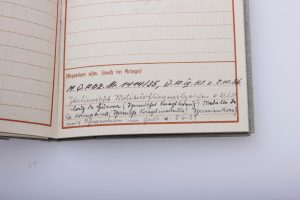
Together with the Pilot Badge there were different badges in his estate.
They were:
- Italian military pilot badge
- Medaille de la campana
- Wehrmacht Dienstauszeichnung 4. Klasse
- Deutsches Spanienkreuz in Gold mit Schwertern
- Cruz de guerra
- Officerscross Crown of Italy
We can also have a look on the historical background of the badge:
The combined pilot’s/observer’s qualification badge was originally introduced by Hermann Göring on January 19th, 1935, and featured a horizontally oval wreath encompassing a stylized national eagle in flight. On March 26th, 1935 the badge was redesigned (after 205 days) by altering the wreath to the vertical position as with the other Luftwaffe qualification badges. The badge was intended for award to personnel who had qualified for both the military pilot’s and the observer’s badges and had held at least one of the awards for a minimum of one year. This second pattern badge took the same form as the pilot’s badge, but with a golden wreath.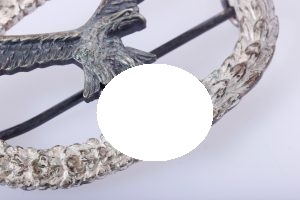
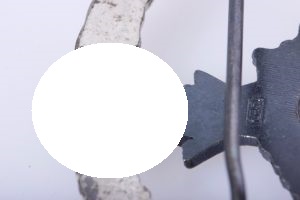
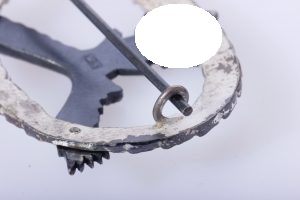
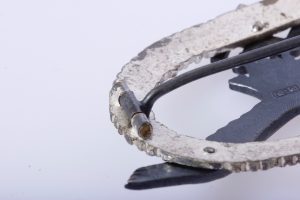
Just to get it all together, in the summer of 1935 Hermann Göring established the combined pilot’s/observer’s badge with diamonds which was the highest Luftwaffe non-combatant award of WWII. It is estimated that roughly forty of the diamond badges were awarded.
We will never know why Hauptmann Klünder kept the first form and did not get the second form….or maybe had the second form on his uniform and it was lost when he shot down by friendly fire….
Finally said that the is one on the best estates I have seen in years and I like to quote Mr. Dennis Suitner, the Boss of Trave-Militaria: THE HOLY GRAIL OF THE LUFTWAFFE. A big thanks in that direction to the Team of Trave-Militaria, who supported me with all the pictures and data to bring this topic in my blog.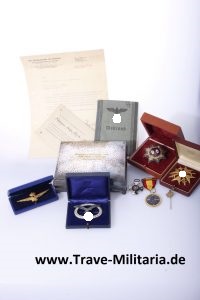
Subscribe for more … Kind Regards,
Sascha
